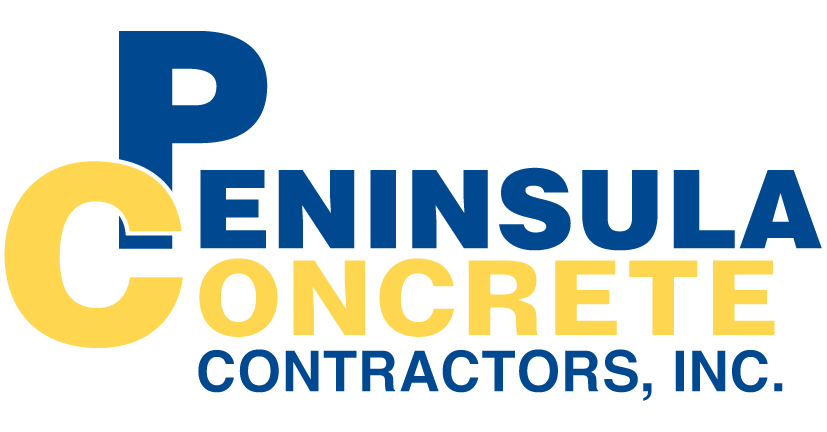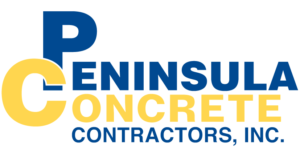When it comes to creating outdoor living spaces such as patios, walkways, and driveways, there are a variety of options available. Two popular choices are poured-in-place concrete and interlocking pavers. Both have their advantages and disadvantages, and the decision between the two often comes down to personal preferences and specific project requirements.
Poured-In-Place Concrete
Benefits:
- Durability: Poured-in-place concrete is incredibly durable and can withstand heavy loads, making it an excellent choice for driveways and high-traffic areas.
- Customizable: Poured-in-place concrete can be customized in terms of color, texture, and pattern, giving you more design options.
- Low maintenance: Concrete requires minimal maintenance, with occasional cleaning and sealing being the only requirements to keep it looking its best.
Weaknesses:
- Cracking: While concrete is durable, it can crack over time due to weather, shifting ground, and other factors.
- Cost: Poured-in-place concrete can be more expensive than other options, such as interlocking pavers.
- Longevity: Concrete has a lifespan of around 20-30 years, after which it may need to be replaced.
Interlocking Pavers
Benefits:
- Design Options: Interlocking pavers come in a variety of colors, shapes, and sizes, allowing for more design flexibility.
- Easy to Replace: If a paver becomes damaged, it can be easily replaced without the need to redo the entire area.
- Cost-effective: Interlocking pavers can be less expensive than poured-in-place concrete, especially for smaller areas.
Weaknesses:
- Maintenance: Pavers require more maintenance than poured-in-place concrete, with regular cleaning and sealing needed to prevent weeds and maintain the look of the surface.
- Unleveled Surface: Over time, pavers may become unlevel, causing tripping hazards and uneven surfaces.
- Durability: While pavers are durable, heavy loads, and extreme weather conditions can cause them to crack or shift.
In conclusion, both poured-in-place concrete and interlocking pavers have their advantages and disadvantages. Poured-in-place concrete is durable and customizable, but more expensive and can crack over time. Interlocking pavers offer more design options and are cost-effective, but require more maintenance and may become unlevel over time. When making a decision between the two, consider your specific project requirements and personal preferences to choose the best option for you.


